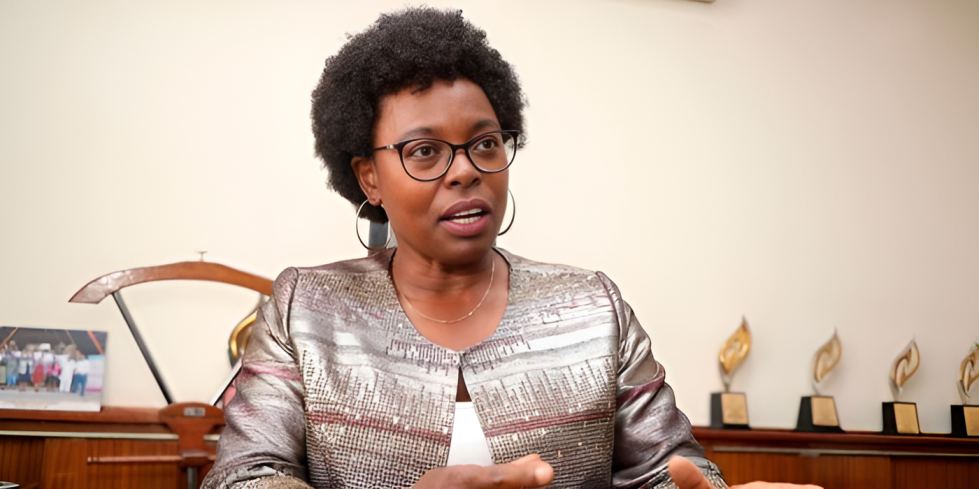Kenya paying more in loan interest than repaying debt – CoB

Domestic lenders accounted for the bulk of debt service in the year under review. Of the Sh1.7 trillion spent on public debt, Sh992.4 billion went to domestic creditors, with interest payments forming the largest share.
Kenya’s debt servicing costs have reached alarming levels, with the government spending nearly twice as much on interest as on actual loan repayments, the Controller of Budget has revealed.
In her National Government Budget Implementation Review Report for the 2024–25 financial year, Controller of Budget Margaret Nyakang’o disclosed that debt service on domestic borrowing alone stood at Sh1.05 trillion, a sharp rise from Sh830 billion the previous year.
Out of this, Sh632.3 billion went to interest, while Sh360.1 billion was directed towards repaying principal amounts.
“The total domestic debt service was Sh992.39 billion, comprising principal repayments of Sh360.09 billion and interest payment of Sh632.30 billion,” Nyakang’o said in the report.
According to the report, the government’s growing reliance on short-term Treasury bills to cover budget gaps has pushed interest costs higher and increased refinancing risks, as much of the debt falls due within shorter periods.
This trend forces the Treasury to roll over obligations at even more expensive rates.
Nyakang’o warned that while Treasury bills — including 91-day, 182-day and 364-day papers — have become the government’s preferred financing tool, the steep interest rates attached to these short-term instruments mean Kenya is paying a premium on borrowing.
Domestic lenders accounted for the bulk of debt service in the year under review. Of the Sh1.7 trillion spent on public debt, Sh992.4 billion went to domestic creditors, with interest payments forming the largest share.
By contrast, external debt registered modest growth of 4 per cent to Sh5.40 trillion, while domestic debt surged by 17 per cent to Sh6.33 trillion.
The report further shows that debt service absorbed 55.5 per cent of total revenues in 2024–25, far above the 30 per cent ceiling recommended by the IMF.
This heavy burden has constrained development spending, leaving limited resources for infrastructure, education and healthcare.
Ministries, Departments and Agencies reported significant delays in project funding, while pending bills accumulated to Sh524.8 billion by June 2025.
Despite urgent needs, only Sh90.4 billion went to capital works such as construction and civil projects, compared to the hundreds of billions consumed by debt servicing.
Nyakang’o also noted that commercial banks hold 42.6 per cent of domestic debt, giving them outsized influence in the market. She cautioned that should banks demand higher returns or scale back their exposure, government borrowing costs could rise even further.
The mounting debt challenge has left the government trapped in a cycle where new borrowing is largely used to service old loans, with interest obligations outweighing reductions in the principal debt.
